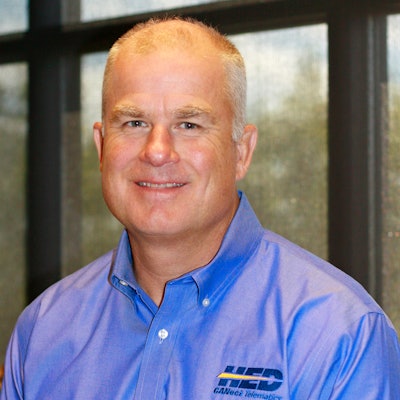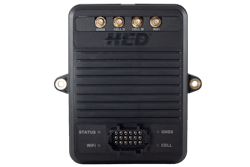
responses submitted by Paul Ludwig, President and CEO of HED Inc.
Automation & Smart Systems
What are customers/the industry looking for in smart systems, and how is your company going about providing those features?
Customers are looking for improvements in operator efficiency, vehicle productivity and safety. Electronic control and I/O modules have enabled OEMs to incorporate more sensors, and a wider variety of sensors, in their designs. The data from these sensors is taken into the control system, then acted upon and the results can then be quickly presented to the equipment operator through graphical displays and/or presented remotely through telematics to equipment owners, supervisors and fleet managers enabling both to make more informed and quicker decisions about equipment operation leading to improved operation efficiencies and safer equipment operation.
How do you see smart systems continuing to impact the industry, and what new benefits will they bring?
Smart systems will continue to bring more operational efficiencies and safety to the equipment operators and equipment owners. Smart systems will continue to become better at performing more complex operations and will make these complex tasks more repeatable with less need for human interaction and intervention.
What, if any, new opportunities is your company seeing in regards to creating automated systems as the technologies which enable them continue to advance?
Autonomous, electric vehicles and AI are driving the need for faster more advanced controllers and I/O solutions to handle the larger amount of sensors and the larger amount of data these sensors generate in these applications.
What challenges are there yet to implementing more advanced automation capabilities and what is needed to overcome those challenges?
Security is becoming a larger concern not only within telematics (IoT) platforms but at the control system level as well. This includes data on the control module, as well as data being pushed to the cloud. The automotive market has started to standardize around AEC-Q100 and it will take time for the off-highway market to follow and adapt to a standard which allows for components from multiple vendors to work together in a secure environment. Prioritizing data movement is a challenge as well, since the amount of data being collected and stored can overwhelm a system. We solve this by sending mission critical data (failure eminent) live via cell and transmit non-critical data during off hours when it is cheaper and easier to do so.




















